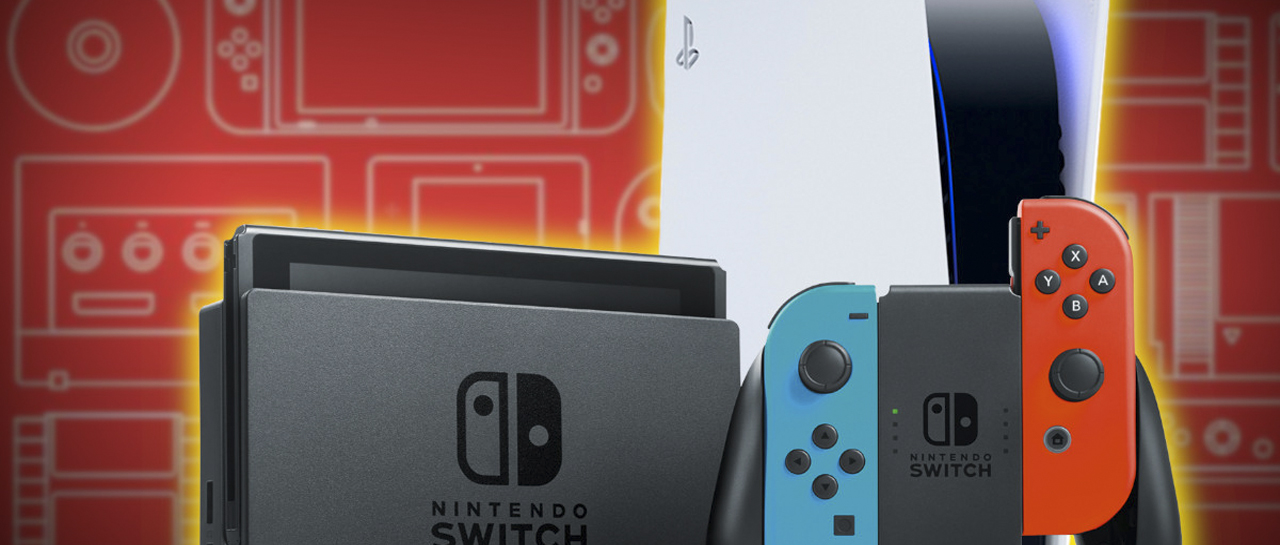Atomos just announced that its monitor/recorder Shogun 7 supports the RAW output from the brand new Sony FX6 full-frame cinema camera. The Atomos Shogun 7 is able to capture the 16-bit linear RAW video signal coming over SDI as 12-bit ProRes RAW in up to DCI 4K60.
Sony FX6 full-frame cinema camera has just been announced and it looks very interesting. It includes most of the features of the Sony a7S III housed in a Sony Cinema line FX9-like compact body. It also includes Sony’s great electronic VariND filter and some more new features. I recommend checking our video articles on the Sony FX6 if you haven’t already:
Atomos Shogun 7 and Sony FX6 – ProRes RAW
Atomos announced that the Shogun 7 supports the 16-bit linear RAW video signal from Sony FX6’s 12G-SDI output. The 7″ monitor/recorder can capture that signal and save it as 12-bit ProRes RAW in up to DCI 4K (4096×2160) with 60 frames per second.
The good news is that, just like with the FS5, this works straight out of the camera body. There is no need to buy any accessories or modules. According to Atomos, it is not even necessary to update the Shogun 7 – it works with the current firmware already. More information about the recorder itself can be found here.

Sony FX9 Versus Sony FX6 RAW Output
As we informed you last month, the FX6’s larger and older sibling – the Sony FX9 – already received the RAW capture support from Atomos Shogun 7. It is worth noting, however, that outputting RAW from the Sony FX9 requires purchasing the XDCA-FX9 extension unit which adds more bulk to an already quite large camera and it costs around $2,500. To be fair, it also adds some other features such as SDI timecode output, LAN connection, USB outputs, etc.

The Sony FX6, on the other hand, outputs RAW out of the box without any accessory. We have seen this with the FS7 and FS5 in the past. The larger Sony FS7 needed to get even bulkier by adding the extension unit in order to output RAW video signal while the FS5 supported RAW output from the body only (although the FS5 required a paid license for that, the FS5 II didn’t anymore). Anyway, the RAW workflow seems to be much more straightforward and easier with the smaller FX6.
ProRes RAW Compatibility
This year we have seen many new additions to the “ProRes RAW compatible cameras list” using either HDMI or SDI connection. Atomos claims to currently have over 20 cameras supporting the Atomos and ProRes RAW combination.
The advantage of ProRes RAW is a good compromise between huge uncompressed RAW files and traditional ProRes codecs. According to Apple and Atomos, it combines the flexibility of RAW video with the real-time performance of ProRes. The format gives filmmakers increased latitude when adjusting the look and extending brightness and shadow detail.
Naturally, compatibility with NLEs is an important factor for any codec. With Apple’s ProRes RAW this is still not an easy situation. The ProRes RAW format is currently fully supported in Final Cut Pro X along with a collection of other apps including ASSIMILATE SCRATCH, Colorfront, FilmLight Baselight, and Grass Valley Edius.
If you, like me, happen to be editing and grading in DaVinci Resolve, this might not be the most exciting news. There is no news about planned ProRes RAW support for Resolve yet. The “RAW wars” between ProRes RAW and Blackmagic RAW are not great for working professionals, as right now, it’s quite hard to combine the two formats.
The good news is that last month Adobe Premiere Pro has released version 14.5 which adds further ProRes RAW support.
What do you think about the Sony FX6? Would you use the camera with the Atomos Shogun 7 to capture compressed RAW? How do you like working with ProRes RAW? Let us know in the comments underneath the article.













